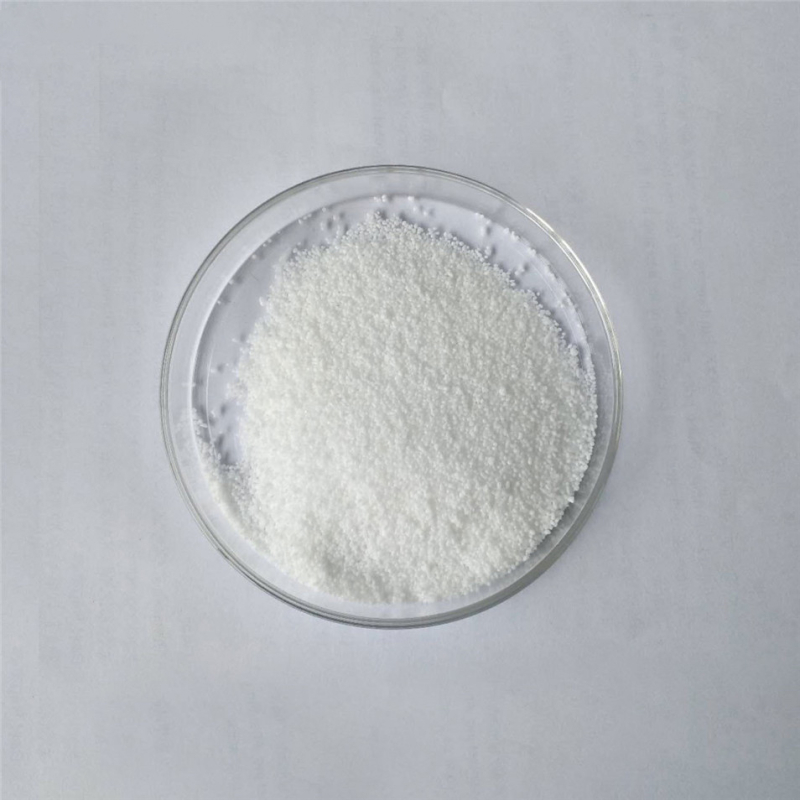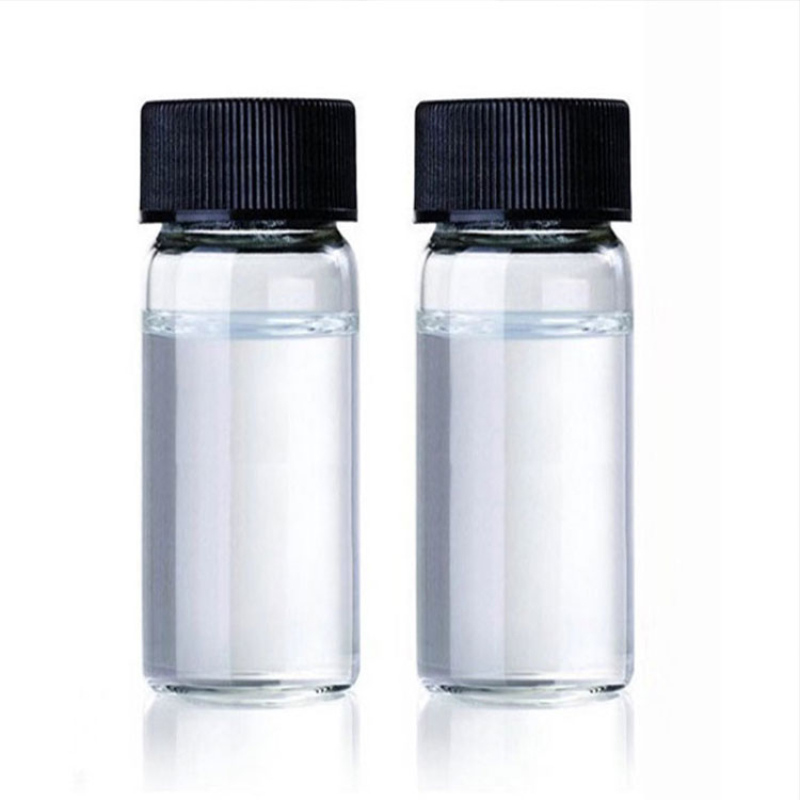(1S,2S)-(+)-Pseudoephedrine hydrochloride CAS#345-78-8White crystalline powder, odorless, bitter taste. Soluble in water, slightly soluble in ethanol, insoluble in trichloromethane or ether. It is an important pharmaceutical chemical raw material, often used in the production of compound cold medicine and other drugs.
Contact Now
Products Description of METHYL-(TETRAHYDRO-PYRAN-4-YL)-AMINE HCL CAS#220641-87-2N-Methyltetrahydro-2H-pyran-4-amine is a pharmaceutical intermediate, which can be prepared by reductive amination reaction of tetrahydro-4H-pyran-4-one and methylamine.METHYL-(TETRAHYDRO-PYRAN-4-YL)-AMINE HCL Chemical PropertiesBoiling point 165.0±33.0 °C(Predicted)density 0.93±0.1 g/cm3(Predicted)storage temp. under inert gas (nitrogen or Argon) at 2–8 °Cpka10.01±0.20(Predicted)form liquidcolor Clear, colourlessBoiling point 165.0±33.0 °C(Predicted)density 0.93±0.1 g/c
Contact Now
Products Description of 5-Chloro-2-(methylamino)benzophenone CAS#1022-13-5Yellow or reddish yellow granular crystals.5-Chloro-2-(methylamino)benzophenone Chemical PropertiesMelting point 93-95 °C (lit.)Boiling point 421.9±35.0 °C(Predicted)density 1.234±0.06 g/cm3(Predicted)storage temp. Keep in dark place,Inert atmosphere,Room temperaturesolubility Chloroform (Slightly), Dichloromethane (Slightly), DMSO (Slightly), Methanol (Very Slightly)form SolidpkapKa 1.45±0.04(7% EtOH in H2O,t =25,0.02 to 0.40M in HCl) (Uncertain)color Light Yellow to YellowBRN&nbs
Contact Now
Products Description of Imidazole CAS#288-32-4Imidazole, with the molecular formula C3H4N2, is an organic compound and a type of diazoles. It is a five-membered aromatic heterocyclic compound containing two meta-nitrogen atoms in the molecular structure.
Contact Now
Methylammonium bromide CAS#6876-37-5Methylammonium bromide Chemical PropertiesMelting point 248.0 to 253.0 °CWater Solubility Soluble in waterform powdercolor White to Almost whiteInChIInChI=1S/CH5N.BrH/c1-2;/h2H2,1H3;1HInChIKeyISWNAMNOYHCTSB-UHFFFAOYSA-NSMILES[NH3+]C.[Br-]Safety InformationHazard Codes XnRisk Statements 22-36/37/38Safety Statements 26-36/37/39-46WGK Germany 3HS Code 29239000Factory and Equipment ShowFast delivery timeInventory 2-3 working days New production 7-10 working days
Contact Now
Products Description of Thyroid powder CAS#50809-32-0In the early days, L-thyroxine was extracted from animal thyroid glands, but the resulting product had low purity, poor optical purity, and its production was limited by the source of animal thyroid glands. Now, chemical synthesis methods are mainly used.
Contact Now
Products Description of Ethyltriphenylphosphonium bromide CAS#1530-32-1Ethyltriphenylphosphonium bromide is a chemical product with the molecular formula C20H20BrP.Ethyltriphenylphosphonium bromide Chemical PropertiesMelting point 203-205 °C(lit.)Boiling point 240℃[at 101 325 Pa]density 1.38[at 20℃]vapor pressure 0-0.1Pa at 20-25℃Fp 200 °Cstorage temp. Inert atmosphere,Room Temperaturesolubility 174g/l solubleform Crystalline Powdercolor White to off-whiteWater Solubility 120 g/L (23 ºC)Sensitive HygroscopicBRN 3599630I
Contact Now
Products Description of Microcrystalline cellulose CAS#9004-34-6Microcrystalline cellulose (MCC) is the product of natural cellulose hydrolyzed to the ultimate degree of polymerization by acid. It is white or nearly white in color, odorless and tasteless, and its particle size is generally about 2 to 80 μm. It has the advantages of low density, high modulus, renewable, biodegradable, and wide sources.
Contact Now
Products Description of Isobornyl acrylate CAS#5888-33-5Isobornyl acrylate, abbreviated as IBOA, has attracted people's attention in research and application in recent years as a functional acrylate monomer due to its special structure and performance.
Contact Now
Products Description of DIMETHYL SULFOXIDE-D6 CAS#2206-27-1The content of deuterated dimethyl sulfoxide reagents on the market is only about 99.5%, and the main impurities are water and dimethyl sulfone. Deuterated dimethyl sulfoxide is a sulfur-containing organic compound. It is a colorless, odorless, transparent liquid at room temperature. It is a hygroscopic flammable liquid with high polarity, high boiling point, good thermal stability, aprotic, miscible with water, etc. It can be dissolved in most organic substances such as ethanol, propanol, and chloroform.
Contact Now
Products Description of Citric acid CAS#77-92-9Zinc Phosphate (CAS#7779-90-0) is an inorganic compound that appears as a white, odorless powder. It is a zinc salt derived from phosphoric acid and is characterized by its stable properties and low solubility in water. The chemical formula for Zinc Phosphate is Zn3(PO4)2, and it has a molecular weight of 422.12 g/mole. This compound is commonly used as a corrosion inhibitor, particularly in primer paints due to its ability to provide cathodic protection.
Contact Now
Products Description of TITANIUM DIOXIDE CAS#1317-70-0The lattice structure of anatase is also tetragonal, but the lower packing fraction of the crystal lattice explains why anatase crystal exhibits both a lower hardness and refractive indices than rutile.Nevertheless, because the crystal lattice energies of the two phases are quite similar, anatase remains metastable over long periods of time despite being less thermodynamically stable. However, above 700°C, the irreversible and rapid monotropic conversion of anatase to rutile occurs.
Contact Now
Products Description of ZIRCONIUM(IV) HYDROGENPHOSPHATECAS#13772-29-7Zirconium phosphate (ZrP), also known as zirconium hydrogen phosphate, has a chemical formula of Zr(HPO₄)₂.2H₂O and is a fine phosphorus chemical product. Zirconium phosphate has a white powder appearance, an acidic pH value, stable chemical properties, is insoluble in water, insoluble in general organic solvents, has good acid and alkali resistance, has high thermal stability and mechanical strength, and is widely used as a solid lubricant in self-lubricating composite materials.
Contact Now
Products Description of Oleic acid CAS#112-80-1Insoluble in water, soluble in benzene, chloroform, miscible with methanol, ethanol, ether and carbon tetrachloride. Because it contains double bonds, it is easily oxidized by air, producing an unpleasant odor and turning yellow. When treated with nitrogen oxides, nitric acid, mercurous nitrate and sulfurous acid, it can be converted into oleic acid. When hydrogenated, it becomes stearic acid. The double bonds can easily react with halogens to form halogenated stearic acid.
Contact Now
Products Description of 4-Morpholineethanesulfonic acid CAS#4432-31-92-Morpholineethanesulfonic acid is a white solid powder at room temperature and pressure. It is soluble in polar solvents such as water, ethanol, methanol, and acetone, but insoluble in non-polar solvents. Its molecular structure contains a morpholine ring and an ethanesulfonic acid group. The morpholine ring is a nitrogen-containing heterocyclic compound with high stability and inertness, and has no obvious toxicity or irritation to organisms.
Contact Now
Products Description of Levulinic acid CAS#123-76-2Levulinic acid is an organic compound with the molecular formula C5H8O3. Easily soluble in water and some organic solvents, but insoluble in gasoline, kerosene, turpentine and carbon tetrachloride. It hardly decomposes under normal pressure distillation.
Contact Now
Products Description of 1-Aminocyclopropanecarboxylic acid CAS#22059-21-81-Aminocyclopropanecarboxylic acid is a cyclic amino acid, also known as ACC, which is a non-protein amino acid widely found in fruits such as pears and apples. It is synthesized from methionine in plants, and finally produces ethylene after various steps of conversion in plants.
Contact Now
Products Description of TRANS-1,2-DICHLOROETHYLENE CAS#156-60-5Trans-1,2-dichloroethylene is a chemical substance, a colorless, volatile liquid with a slightly pungent odor, flammable, and its vapor can form an explosive mixture with air. It can cause combustion and explosion when exposed to open flames and high heat. It can decompose into highly toxic phosgene and hydrogen chloride gas when heated in the air. It can react strongly with oxidants.
Contact Now
Trihydroxymethylpropyl Trioleate CAS 11138-60-6Insoluble in water, soluble in a variety of organic solvents, such as ethanol, ether, acetone, etc. It has good chemical stability, but may decompose or react under high temperature, strong acid, strong alkali and other conditions.It has excellent lubrication properties and can effectively reduce friction and wear of mechanical equipment.
Contact Now
Products Description of 1,2-O-Isopropylidene-Alpha-D-Xylofuranose CAS#20031-21-41,2-O-isopropylidene-α-D-xylofuranose can be used to prepare 3-deoxy-1,2-O-isopropylidene-D-xylofuranose. 3-Deoxy-1,2-O-isopropylidene-D-xylofuranose is a chiral intermediate for the synthesis of atorvastatin to produce the pharmacological side chain.
Contact Now
Products Description of CERIUM(III) CHLORIDE ANHYDROUS CAS#779008-60-5Colorless block crystals. Relative density 3.92. Melting point 848℃. Boiling point 1727℃. Soluble in water, acetone and acid. Easy to deliquesce.Product Application of CERIUM(III) CHLORIDE ANHYDROUS CAS#779008-60-5It is used as petroleum catalyst, raw material of cerium salt, and also used to make metallic cerium.Factory and Equipment ShowFast delivery timeInventory 2-3 working days New production 7-10 working days
Contact Now
Products Description of Imidazo[1,2-b]pyridazine CAS#766-55-2Imidazolo[1,2-b]pyridazine can be used as a pharmaceutical synthesis intermediate, and can be prepared from 3-pyridazine as a reaction raw material and 2-chloroethylamine hydrochloride, and can be used to prepare 3-ethynylimidazo[1,2-b]pyridazine, an intermediate of ponatinib.Imidazo[1,2-b]pyridazine CAS#766-55-2 Chemical PropertiesMelting point 54℃density 1.29±0.1 g/cm3(Predicted)storage temp. Inert atmosphere,Room Temperaturesolubility Soluble in dimethylformamide.form powder to crystalpka5.30±0.30(Pre
Contact Now
Products Description of 1,2-Bis(2-chloroethoxy)ethane CAS#112-26-51,2-Bis(2-chloroethoxy)ethane is a transparent to slightly yellow liquid at room temperature and pressure, and is insoluble in water. It is often used as a material chemical intermediate and a reaction solvent in organic chemical reactions.
Contact Now
Products Description of ForchlorfenuronCAS#68157-60-8Chloropyridin-4-yl [1-(2-chloropyridin-4-yl)-3-phenylurea, CPPU], also known as chlorpyrifos and KT-30, is a plant growth regulator of the cytokinin class. It has the effects of inducing callus growth and promoting bud development before harvest. After harvest, it has a significant effect on controlling post-harvest leaf yellowing and post-harvest diseases of various fruits and vegetables.
Contact Now























![Imidazo[1,2-b]pyridazine CAS#766-55-2](https://sdluxicdn.huazhi.cloud/cdn/ff/0zOUVGs0O2UNKg1sLuyBEd5hRn1Q9iSLX8YfXSek5M4/1720183747/public/styles/chanpinzhutu/public/2024-07/16-1_2.jpg?itok=yIuJQIIN)








